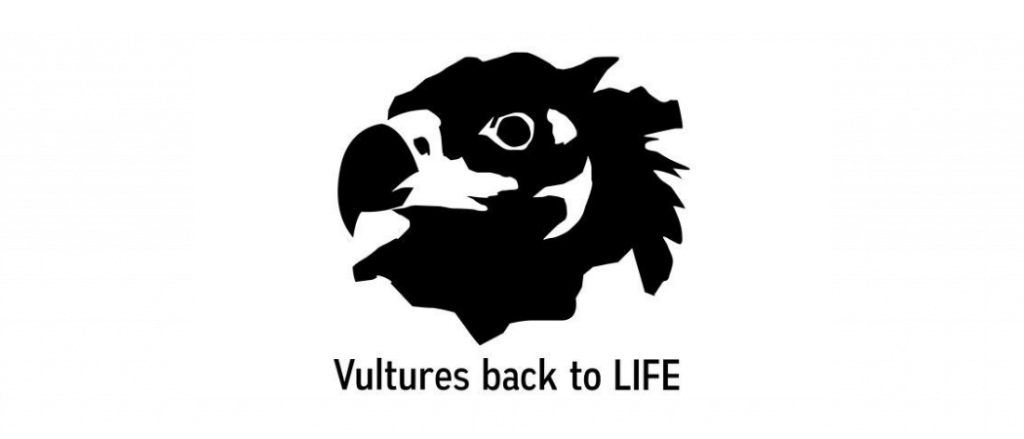
The Cinereous Vulture Dzhuranli, originating from Spain, has been performing impressive movements and behaviours ever since its reintroduction in Bulgaria. He is also the first individual of its species choosing to winter in Romania in decades!
Coming from Spain for reintroduction in Bulgaria
The story of the Cinereous Vulture Dzhuranli begins in Spain. After hatching in the wild in Extremadura, the most important Spanish region for the species and perhaps worldwide, the young Cinereous Vulture needed rescuing and entered a recovery centre to receive treatment. Thankfully, he made a full recovery, and the Junta de Extremadura donated Dzhuranli, alongside 14 other Cinereous Vultures, to the Vultures Back to LIFE project. Coordinated efforts between the Junta Extremadura, AMUS (Acción por el Mundo Salvaje) and us at the Vulture Conservation Foundation (VCF) made the third transport of Spanish Cinereous Vultures to Bulgaria possible in the summer of 2020. Upon arrival, all vultures entered acclimatization aviaries to get used to their new home until their eventual release into the wild. Months later, on 3 March 2021, it was time to release Dzhuranli in the National Park Sinite Kamani. Ahead of the release, the Green Balkans and Fund for Wild Flora and Fauna teams equipped the vultures with a GPS transmitter, enabling the team to monitor Dzhuranli in real-time, while studying both the behaviour and condition of the bird.
Carrying out impressive travels

In just a few months since the release, Dzhuranli travelled thousands of kilometres, crossing Bulgaria, Тurkey and Greece. His flight over the Aegean Sea was the most impressive – he covered 352 kilometres from the island of Marmara to the peninsula of Sithonia. That is 220 kilometres continuous flight over the Aegean Sea in 7 hours, flying at a speed of 79 km per hour. Fortunately, the bird had favourable winds all day. But his wandering did not stop – he eventually travelled to Romania, surprising us with a long-term stay.
Choosing to winter in Romania

The Cinereous Vulture went extinct in Romania more than half a century ago. Until 2021, individuals of this species were sporadically reported while passing through the country. For the first time in years, the Cinereous Vulture Dzhuranli chose to stay longer in Dobrogea. The Măcin Mountains area, where Dzhuranli is currently wintering, is a historic nesting area for this species. About 100 years ago, the Cinereous Vulture nested in this area with other now-extinct species like the Egyptian Vulture.

A big thank you goes to our Romanian colleagues who closely monitor the movements of the bird in the area, evaluate his physical condition and help take care of him:
- Emanuel Baltag from Agigea ringing station
- Lucian-Eugen Bolboaca and his colleagues from the “Danube Delta” National Institute for Research and Development
- The Machin Mountain National Park administration who has also recently joined the efforts
- Special thanks to Cornel Cotorogea – a passionate ornithologist and Milvus Group collaborator and his wife Jeni Cotorogea who checked the multiple times the bird on the field. Thanks to them we have a full bunch of pictures and videos and also very precise information gathered about habitat preferences, food sources, threats, and so on.
The Vultures Back to LIFE project

Led by Green Balkans in collaboration with the Fund for Wild Flora and Fauna, Vulture Conservation Foundation, Junta de Extremadura and Euronatur, the Vultures Back to LIFE project aims to reintroduce the Cinereous or Eurasian Black Vulture to Bulgaria. The team will transfer and release into the wild around 60 birds, some coming from captive-breeding backgrounds but mostly from Spanish wildlife rehabilitation centres. The project will also create supplementary feeding stations, increase populations of wild herbivores, improve nesting conditions and tackle some of the major threats to support the return of the species.




